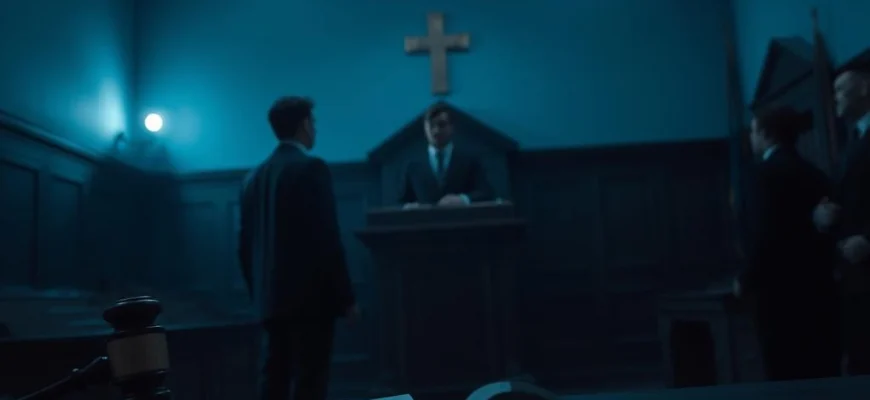If you were captivated by the intense psychological drama and gripping courtroom scenes of 'Compulsion' (1959), you're in for a treat. This article explores 10 similar movies and shows that delve into crime, morality, and the complexities of the human psyche. Whether you're a fan of legal thrillers or dark character studies, these recommendations will keep you on the edge of your seat.

Diabolique (1955)
Description: A psychological thriller filled with suspense and twists, focusing on a plot of revenge and the blurred lines between victim and perpetrator.
Fact: The film was a major influence on Alfred Hitchcock and is often cited as one of the greatest thrillers of all time. Its shocking ending was groundbreaking for its era.
 Watch Now
Watch Now 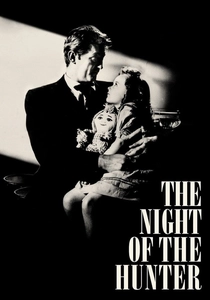
The Night of the Hunter (1955)
Description: A haunting tale of good vs. evil, featuring a charismatic but sinister preacher whose true nature is revealed through a series of chilling events.
Fact: The film was the only directorial effort of actor Charles Laughton. Despite its initial poor reception, it is now regarded as a classic of American cinema.
 Watch Now
Watch Now 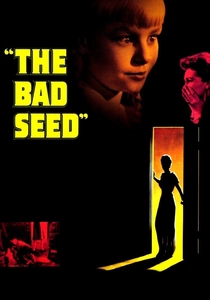
The Bad Seed (1956)
Description: Explores themes of psychological horror and the dark side of human nature, focusing on a seemingly innocent child with sinister tendencies.
Fact: The film was controversial for its time due to its portrayal of a child as a murderer. It was one of the first films to delve into the concept of nature vs. nurture in such a chilling manner.
 Watch Now
Watch Now 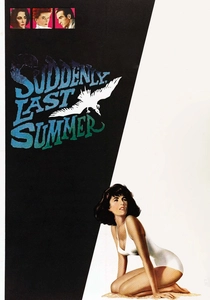
Suddenly, Last Summer (1959)
Description: A psychological thriller that delves into themes of madness, repression, and the grotesque, with a narrative that unfolds through intense, dramatic revelations.
Fact: The film is based on a one-act play by Tennessee Williams and features a screenplay co-written by Gore Vidal. Its exploration of taboo subjects was groundbreaking for its era.
 Watch Now
Watch Now 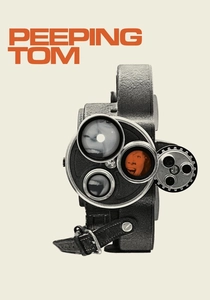
Peeping Tom (1960)
Description: A chilling exploration of voyeurism and the psychology of a killer, with a narrative that blurs the line between observer and participant.
Fact: The film was so controversial upon release that it effectively ended the career of director Michael Powell in the UK. It has since been reevaluated as a masterpiece of psychological horror.
 Watch Now
Watch Now 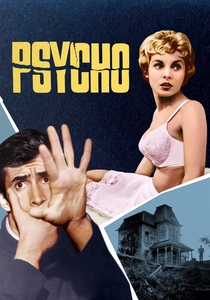
Psycho (1960)
Description: A masterclass in psychological horror, featuring a disturbed protagonist and a narrative filled with shocking twists and a haunting atmosphere.
Fact: The shower scene is one of the most iconic moments in cinema history, and the film's score by Bernard Herrmann is legendary. It was initially met with mixed reviews but is now considered a classic.
 Watch Now
Watch Now 
What Ever Happened to Baby Jane? (1962)
Description: A dark psychological thriller that explores themes of jealousy, madness, and the destructive nature of sibling rivalry, set against a backdrop of faded glamour.
Fact: The film marked the first collaboration between Bette Davis and Joan Crawford in over 30 years. Its success revived the careers of both actresses and spawned a subgenre of psychological horror films.
 Watch Now
Watch Now 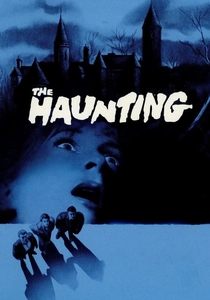
The Haunting (1963)
Description: A psychological horror film that relies on atmosphere and suggestion rather than explicit scares, exploring themes of madness and the supernatural.
Fact: The film is based on Shirley Jackson's novel 'The Haunting of Hill House,' which is considered one of the greatest ghost stories ever written. Its use of sound and cinematography to create tension is highly praised.
 Watch Now
Watch Now 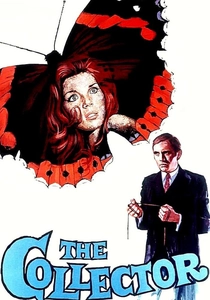
The Collector (1965)
Description: A psychological thriller that delves into obsession and captivity, with a narrative that examines the twisted mind of a collector who sees people as objects.
Fact: The film is based on the novel by John Fowles, which was his debut and became an instant bestseller. It was one of the first films to explore the mind of a serial kidnapper in such detail.
 Watch Now
Watch Now 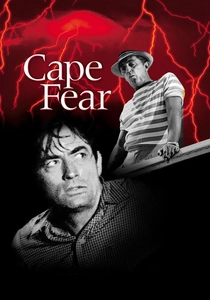
Cape Fear (1962)
Description: A tense psychological thriller about a lawyer and his family being stalked by a vengeful criminal, exploring themes of guilt, retribution, and primal fear.
Fact: The film was remade in 1991 by Martin Scorsese. The original's score by Bernard Herrmann is particularly notable for its use of dissonance to create unease.
 Watch Now
Watch Now 
